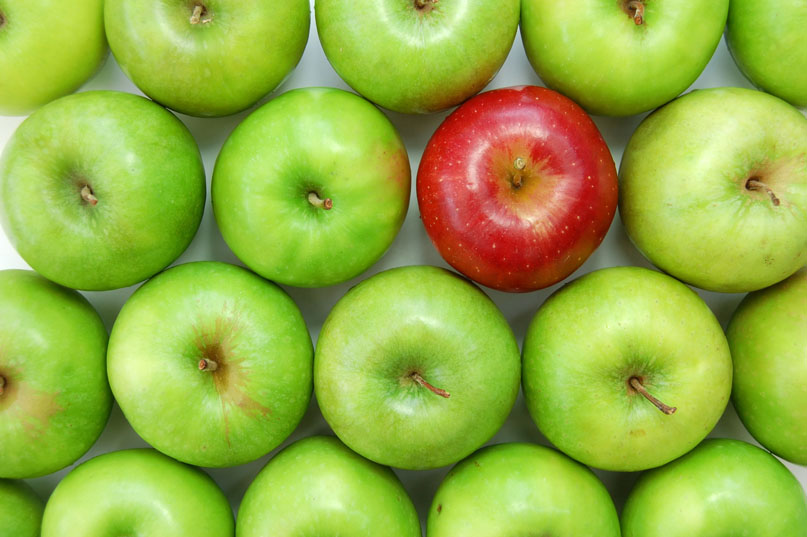Which Parts of a CTA Can You Tweak to Boost Conversion?
Traffic is the lifeblood of any successful website, but even huge volumes of visitors are of little use if they don’t convert into customers or revenue. Website conversion optimisation is a highly complex discipline, with countless details which can make an impact, but one of the most important aspects of conversion is the venerable marketing device known as the call to action, or CTA.
In essence, a CTA tells the visitor what you want them to do next, and convinces them that this step is the right one to take. CTAs usually take the form of a clickable button or graphic surrounded by a little marketing text, but within this broad definition there are many options for both form and content. A high-performing CTA can send your conversion rates through the roof, so what parts of it can you tweak to maximise its success?
Element Positioning
To be effective, a CTA needs to enjoy prominence on the page. Ideally, a visitor should see it immediately upon arrival, and so it needs to be placed above the fold and not cluttered by proximity to navigation or other page elements. However, a bare CTA can be a little too harsh and unpersuasive, so it should be accompanied by a good headline to spark interest, a line or two of content to provide some context, then usually some supporting text beneath to round out the offer details.
However, there’s no need to limit yourself to a single CTA at the top of the page. It can be highly effective to place one or more additional units further down the page to mop up those visitors who weren’t convinced by the first CTA. These secondary buttons can benefit from being more brazenly commercial and direct – after all, if your first, more subtle call to action didn’t have the desired effect, what have you to lose by being more assertive?
Colour Choices
Deciding on an appropriate color is vital for the effectiveness of your call to action. Of course, your CTA needs to stand out and attract attention, but that doesn’t mean you should always plump for a vivid green or vibrant red. Indeed, colors which are too stridently different from their surroundings can be counterproductive, as they can generate the subliminal feeling of a danger warning. Every page is different, but choose a color scheme for your CTA which stands out while not dominating too aggressively.
Compelling Button Text
The text on your clickable button is the very heart of your CTA’s proposition, yet far too many sites stick with the predictable options of “click here”, “submit”, or “sign up”. While these texts became popular for a reason – they’re effective and direct – they’re now more than a little cliched and have lost most of their impact. Instead, try come up with a simple and compelling wording that tells the visitor at a glance what they’ll achieve by clicking, and how doing so will benefit them.
Reinforcement Text
Most attractive offers will be too long to fit on a CTA button, no matter how craftily you condense the message. However, you can still reinforce the thrust of your button by adding a little supporting text beneath. This shouldn’t be long, but it should outline the main benefit of your offer in a concise and readable way. Ideally, it should also work to allay any doubts that are hindering action, for example by emphasising a trial period or a money-back guarantee.
Careful Use of Images
Placing an appropriate image next to your call to action can have a powerful impact on its effectiveness. The image should support your CTA while drawing attention to it, rather than being particularly interesting in its own right. Common examples of these images include a simple, bold arrow pointing toward the button, and the ever-popular smiling human face which aims to put visitors at ease. Both of these are safe choices, but there’s plenty of scope for experimentation with other types of image.
All five of these call to action elements are crucial, and they can work together in ways that are hard to predict or even explain. It’s essential to experiment and see what works best for your particular site and offer, ideally using A/B testing or similar methods to quickly arrive at a powerfully effective combination.
All your marketing and SEO efforts are wasted if the traffic you generate doesn’t convert in the way you need it to. Among the many many factors which influence conversion, a call to action is one of the most important, and yet it’s also a relatively easy one to experiment with. If you don’t take the time to tweak it for maximum success, you’re leaving money on the table.






